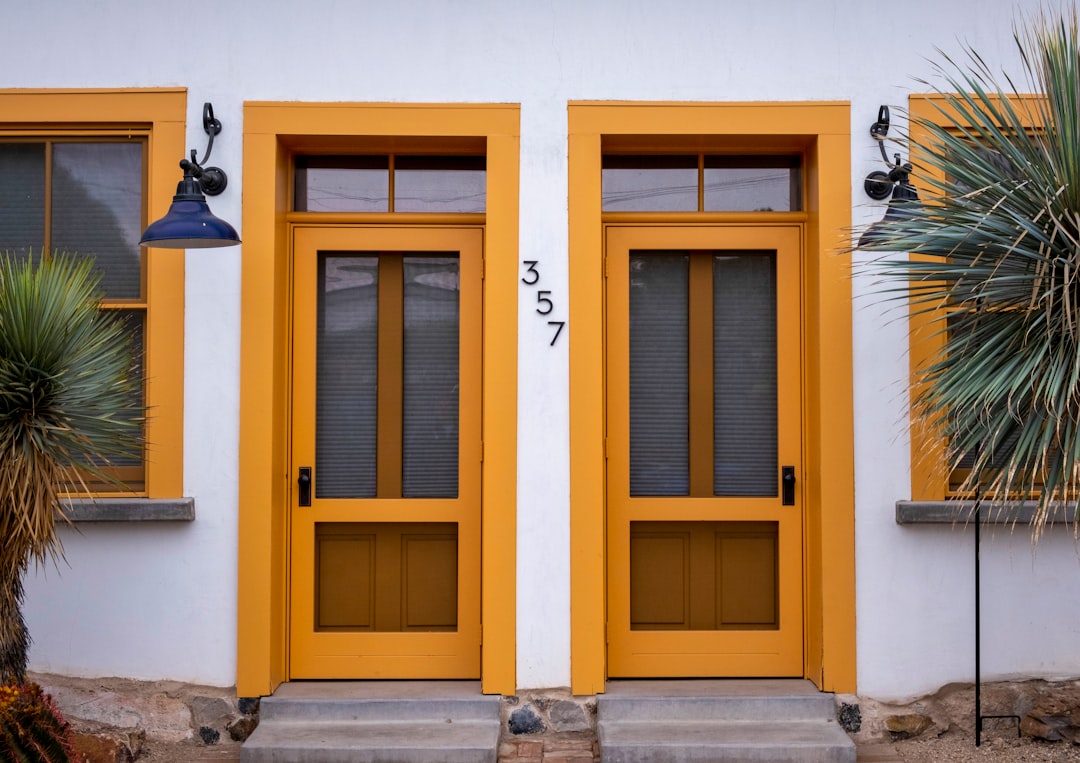
For construction professionals, integrating commercial-grade doors into residential projects can offer enhanced durability and security. However, understanding the true cost is crucial. Installation costs typically range from $1,800 to $6,500 per opening, with high-performance options exceeding $10,000. This includes materials, labor, and hardware. Staying informed on current pricing helps in accurate budgeting and planning.
Most professionals can expect the following cost breakdown:
1. Material Choice – Steel is cost-effective but heavier, while aluminum is lighter and pricier.
2. Opening Size – Larger openings require more labor and materials.
3. Structural Modifications – Additional work like removing load-bearing headers increases costs.
4. Code Requirements – Fire-rated assemblies add to material and inspection costs.
5. Smart Tech Integration – Advanced hardware like card readers increases budgets.
CountBricks provides precise estimates by analyzing dimensions, materials, and specs. It pulls live supplier SKUs, regional labor rates, and permit costs to deliver an itemized cost breakdown.
While DIY might save on contractor markup, professional installation ensures compliance and quality. CountBricks-verified installers follow guidelines and offer warranties, reducing long-term risks.
CountBricks partners with lenders to offer financing options, enabling immediate project initiation.
A client replaced a wooden entry with a steel door, reducing heat loss by 21%. The project was completed under budget due to a supplier rebate.
1. Voice Capture – Specs are recorded.
2. On-Site Verification – Measurements are taken.
3. Demolition – Old frames are removed.
4. Setting the Frame – Frames are installed and sealed.
5. Hardware & Sealing – Hardware is installed.
6. Quality Scan – Air leaks are checked.
7. Instant Invoice – Clients receive a detailed invoice.
Schedule installations in off-peak seasons and bundle openings for discounts.
Visit CountBricks.com for more information and to schedule a demo.

Beyond the main entry, other residential areas benefit from commercial-grade doors:
Commercial-grade doors last longer, offering significant savings over time.
Choosing commercial hardware now avoids future retrofitting.
CountBricks offers quick replacements for storm or break-in damage.
Schedule a call at CountBricks.com for a detailed budget and demo.